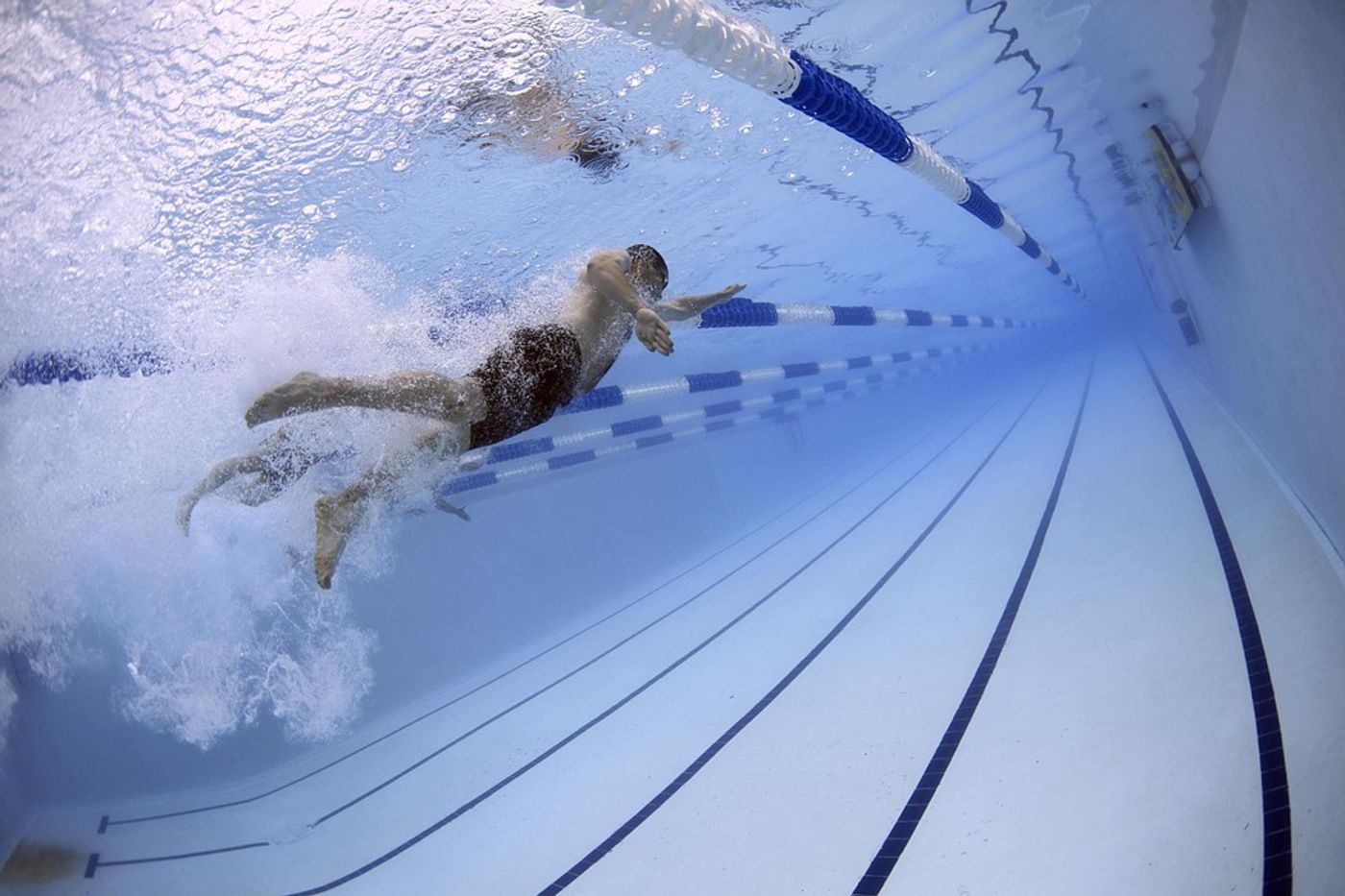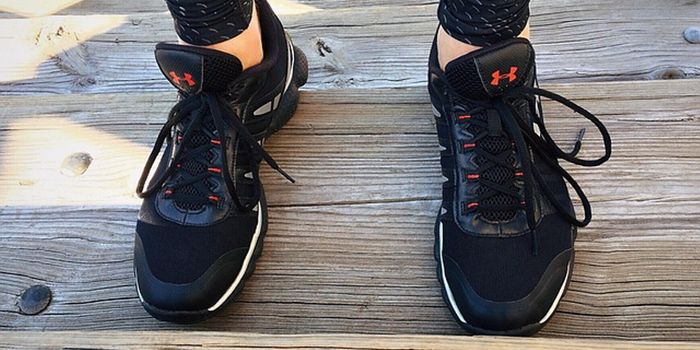Exercise Considerations For Patients With Peripheral Artery Disease
Peripheral Vascular Disease (PAD) is known to cause pain or discomfort in the legs upon exertion. This is just one component of what makes it difficult for exercise professionals to prescribe fitness programs to those with PAD. It's not unlikely for patients to be resistant or fearful about exercise that causes them pain. Additionally, not all professionals involved in PAD treatment have the exercise-related training required for prescribing fitness programs to patients. This means it’s not only important for patients to seek the help of professionals when experiencing PAD symptoms but its equally important for professionals to make appropriate referrals when necessary.
When working with PAD patients, the first step should always be that they undergo a complete medical evaluation. This will not only protect the patient but also the fitness professional in the case of legal action.
Once patients have been cleared for training, the training focus should include low-intensity activities that are non-weight bearing. These activities are likely to cause pain or discomfort, particularly towards the beginning of a regular fitness program. A very gradual progression should be standard protocol for the safety of the patient. A gradual progression is also good for helping coax those with anxiety surrounding the associated pain into a routine. This will help build patient confidence and trust in those responsible for training them.
Seasoned trainers with limited experience working with PAD patients need to recognize the very different goals of this special population. It’s unlikely the average person with PAD has aspirations of mountaineering. It’s much more likely they would just enjoy being able to climb a flight of stairs without an expectation of pain.
At first, it’s best to encourage daily exercise with frequent rest periods to allow for the most activity tolerable. Once a patient’s functional capacity improves, the frequency can be reduced to 4 to 6 days per week.
Longer than usual warm-ups should be used for PAD patients. Exercise duration should start at just a few minutes and then be slowly increased till the total duration reaches between 30 and 40 minutes. Initially, exercise intervals of five or ten minutes, 1 to 3 times a day, may be appropriate for some patients. For those with PAD, this likely means exercising through some pain until it has reached a moderate to intense level before pausing.
Another consideration should include the temperature of the exercise venue. Frigid temperatures should be avoided to reduce the risk of vasoconstriction which can worsen the pain symptoms or make exercise intolerable.
Often, PAD patients also have diabetes, so it is essential to monitor the feet for any developing blisters as well as take special care in protecting them against injury as open wounds on the feet can lead to infection.
Modes of training for those with PAD often include forms of non-impact endurance exercise. Recommendations may include walking, swimming, the use of an elliptical machine, rowing or cycling. When patients feel ready, short-duration weight-bearing activities that contain frequent rest periods may be added.
In addition to an exercise regimen, other lifestyle changes are often recommended for those with PAD. These changes may include quitting smoking, diet modification, and weight management.
The video above, from the director of the Johns Hopkins Center for Vascular Medicine, goes into further detail about the relationship between PAD and fitness.
Sources: John Hopkins Medicine












